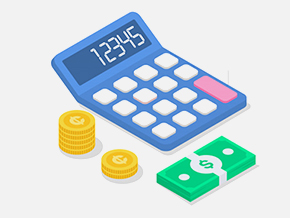-
- PCB TYPE
- PRINTED CIRCUIT BOARD PROTOTYPE ALUMINUM PRINTED CIRCUIT BOARD R&F PCB FPC HIGH FREQUENCY PCB HIGH-TG PCB HEAVY COPPER PCB HDI PCB PCB FOR LIGHTING METAL CORE PCB
time:Oct 14. 2021, 17:57:00 Views:143
Current high-frequency circuit boards are mainly composed of the following:
1, circuit and pattern (Pattern): the circuit is used as a tool for conduction between the originals. In the design, a large copper surface will be additionally designed as a grounding and power layer. The route and the drawing are made at the same time.
2, dielectric layer (Dielectric): used to maintain the insulation between the circuit and each layer, also known as the substrate.
3. Hole (Through hole / via): The through hole can make the lines of two levels or more connect to each other. The larger through hole is used as a part plug-in. In addition, there are non-through holes (nPTH) usually used as Surface mount positioning, for fixing screws during assembly.
4. Solder resistant /Solder Mask: Not all copper surfaces need to be tinned parts, so the non-tin area will be printed with a layer of substance that insulates the copper surface from eating tin (usually epoxy resin) , To avoid short circuits between non-tinned circuits. According to different processes, it is divided into green oil, red oil and blue oil.

5, Silk screen (Legend /Marking/Silk screen): This is an unnecessary structure. The main function is to mark the name and position frame of each part on the circuit board, which is convenient for maintenance and identification after assembly.
6, Surface Finish: Because the copper surface is easily oxidized in the general environment, it can not be tinned (poor solderability), so it will be protected on the copper surface that needs to be tinned. The protection methods include HASL, ENIG, Immersion Silver, Immersion Tin, and Organic Solder Preservative (OSP). Each method has its advantages and disadvantages, which are collectively referred to as surface treatment.

Got project ready to assembly? Contact us: info@apollopcb.com



We're not around but we still want to hear from you! Leave us a note:

Leave Message to APOLLOPCB
